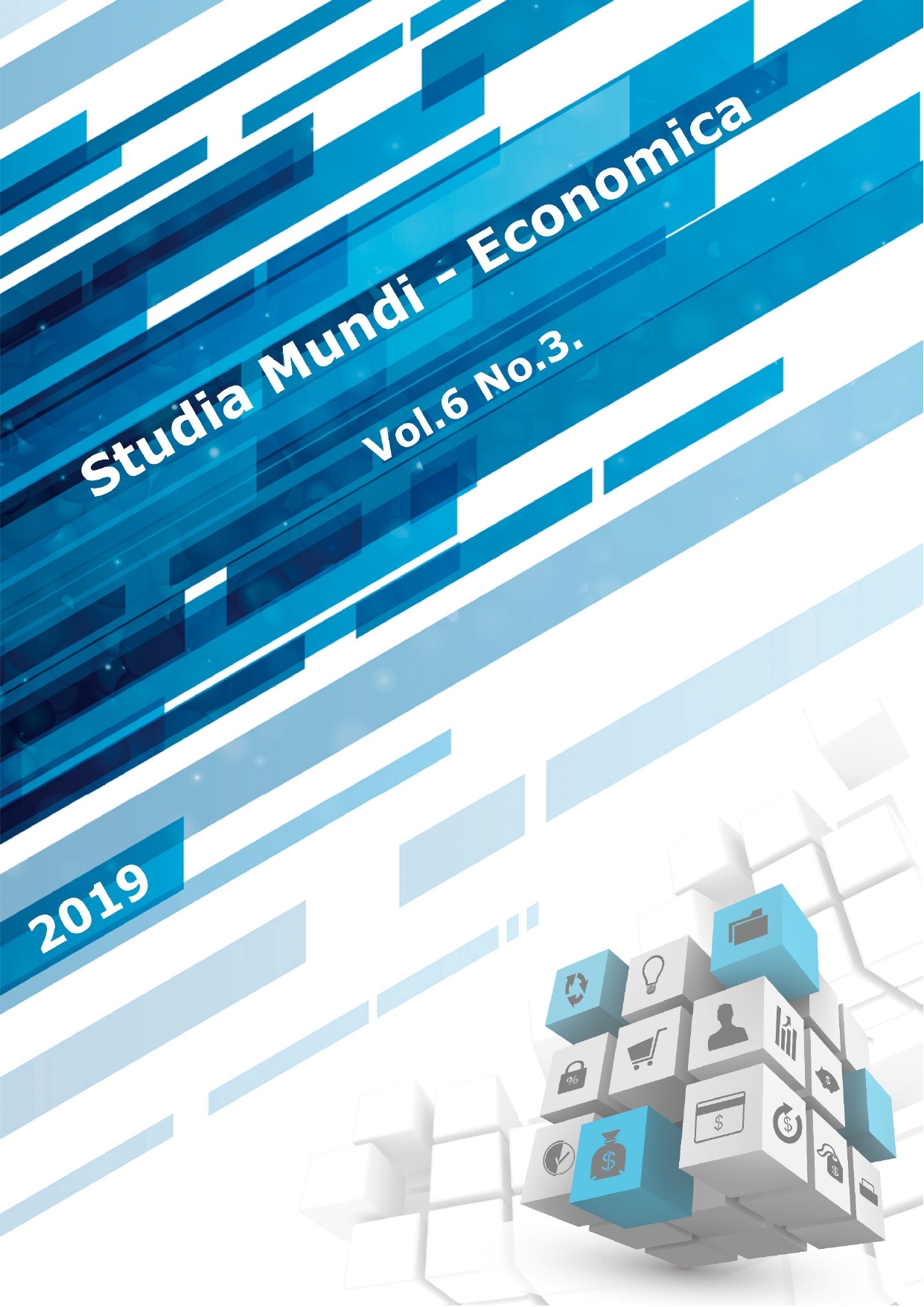A comparative analysis of the wheat value chains in Hungary & Turkey
DOI:
https://doi.org/10.18531/Studia.Mundi.2019.06.03.68-81Keywords:
Value chain, wheat sector, economic development, cerealsAbstract
Besides being a crucial component of human nutrition, wheat has been one of the strategic commodities in the world economy since ancient times. Self-sufficiency in staple food production considered being an advantage for a country, thus many countries try to improve crop production technologies as well as whole supply chains to achieve sustainability. The wheat sector became more competitive with globalization and increased number of bilateral free trade agreements. Therefore, it is crucial to create an efficient wheat supply chain to achieve strong competitive power in international markets. Regarding wheat production, Hungary and Turkey ensure food security although they have different market structure and conditions. This study aims to investigate and provide a snapshot of how wheat sectors in Hungary and Turkey, focusing on basic stages of the wheat value chain such as production, processing, logistics and sales. The study mainly depends on statistical data with analysing them on the country level. The subject field is looking to investigate the main trends of the wheat market in Hungary and Turkey, also takes a glance of existing policies and how the government’s role in the wheat market differs.
References
Agricultural Market Information System: Retrieved January 30, 2019, from http://statistics.amis-outlook.org/data/index.html#COMPARE
Cetiner B., Koksel H. (2015): Grain Science and Industry in Turkey: Past, Present, and Future, AACC International - Future of Grain Science Series, March - April 2015, Vol.60, No. 2
Cerkezkoy Ticaret ve Sanayi Odasi (2017): Unlu Mamuller Raporu, June 2017
Dancshazy Z., Kolozs L., Csoka G., Koltay A. (2015): Surveillance of quarantine and certain other non- native pests imposing risks to forestry in Hungary, Regional FAO workshop
European Commission (2017): Study on Storage Capacities and Logistical Infrastructure for EU Agricultural Commodities, Trade Report
European Commission (2016): The CAP in Your Country, Hungary Fact Sheet
Fogarasi J., Kemeny G., Molnar A., Kemenyne Z., Zubor-Nemes A., Kiss A. (2016): Modelling Climate Effects on Hungarian Winter Wheat and Maize Yields, Studies in Agricultural Economics 118 (2016) 85-90
Food and Agriculture Organization of the United Nations Database: Retrieved January 30, 2019, from http://www.fao.org/faostat/en/#data/OA
Hungarian Central Statistical Office (KSH). Retrieved January 30, 2019, from http://www.ksh.hu/docs/eng/xstadat/xstadat_long/h_omf001b.html
International Grains Council (IGC) (2018): Grain Market Report, GMR 49
International Trade Centre (2019): Retrieved January 30, 2019, from http://www.intracen.org/itc/market-info-tools/statistics-export-product-country/
Research Institute of Agricultural Economics (AKI): Retrieved February 7, 2019, from https://www.aki.gov.hu/publikaciok/publikacio/a:218/Cereals+Market+Information
Research Institute of Agricultural Economics (2017): Structural Changes in Agriculture since EU Accession in Slovakia, The Czech Republic and Hungary, 51- 57
Research Institute of Agricultural Economics (2017): The Use of Feed Materials and Feed Additives in Different Livestock Diets in Hungary (2015-2017)
Strategie Grains, (2018): EU Grain report No.312, Tallage SAS, 13/12/18, 4-5
TMMOB Ziraat Muhendisleri Odasi (2018): Bugday Raporu 2018 , Retrieved February 4, 2019, from http://www.zmo.org.tr/genel/bizden_detay.php?kod=30125&tipi=17&sube=0
Turkish Grain Board (2018): Toprak Mahsulleri Ofisi 2017 Yili Hububat Raporu
United States Department of Agriculture (USDA) (2018): Turkey Grain and Feed Annual Report, Report Number: TR8010
United States Department of Agriculture (2018): EU-28 Grain and Feed Annual Report
Vigani M., Cerezo E. R., Barbero M. G. (2015): The determinants of wheat yields: The role of sustainable innovation, policies and risks in France and Hungary, JRC Science and Policy Reports, EUR 27246 EN; DOI: https://dx.doi.org/10.2791/470542
Downloads
Published
Issue
Section
License
Copyright (c) 2019 Ceylan Nazli

This work is licensed under a Creative Commons Attribution-NonCommercial-NoDerivatives 4.0 International License.
A folyóirat Open Access (Gold). Cikkeire a Creative Commons 4.0 standard licenc alábbi típusa vonatkozik: CC-BY-NC-ND-4.0. Ennek értelmében a mű szabadon másolható, terjeszthető, bemutatható és előadható, azonban nem használható fel kereskedelmi célokra (NC), továbbá nem módosítható és nem készíthető belőle átdolgozás, származékos mű (ND). A licenc alapján a szerző vagy a jogosult által meghatározott módon fel kell tüntetni a szerző nevét és a szerzői mű címét (BY).





